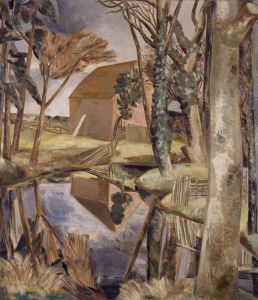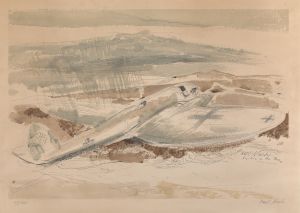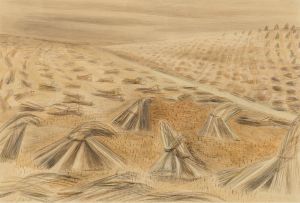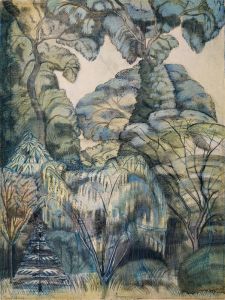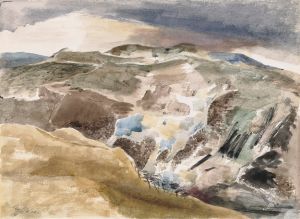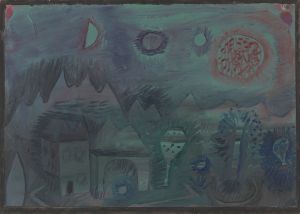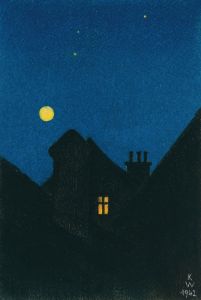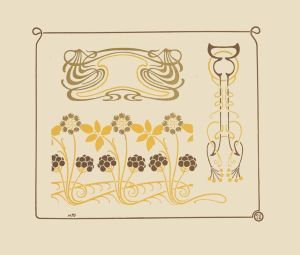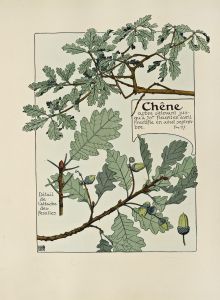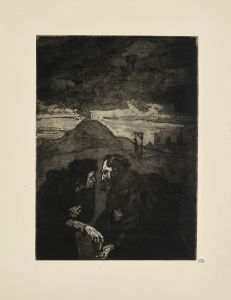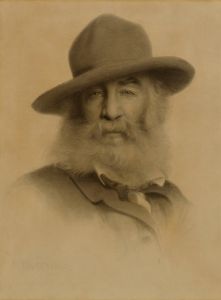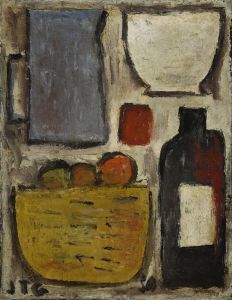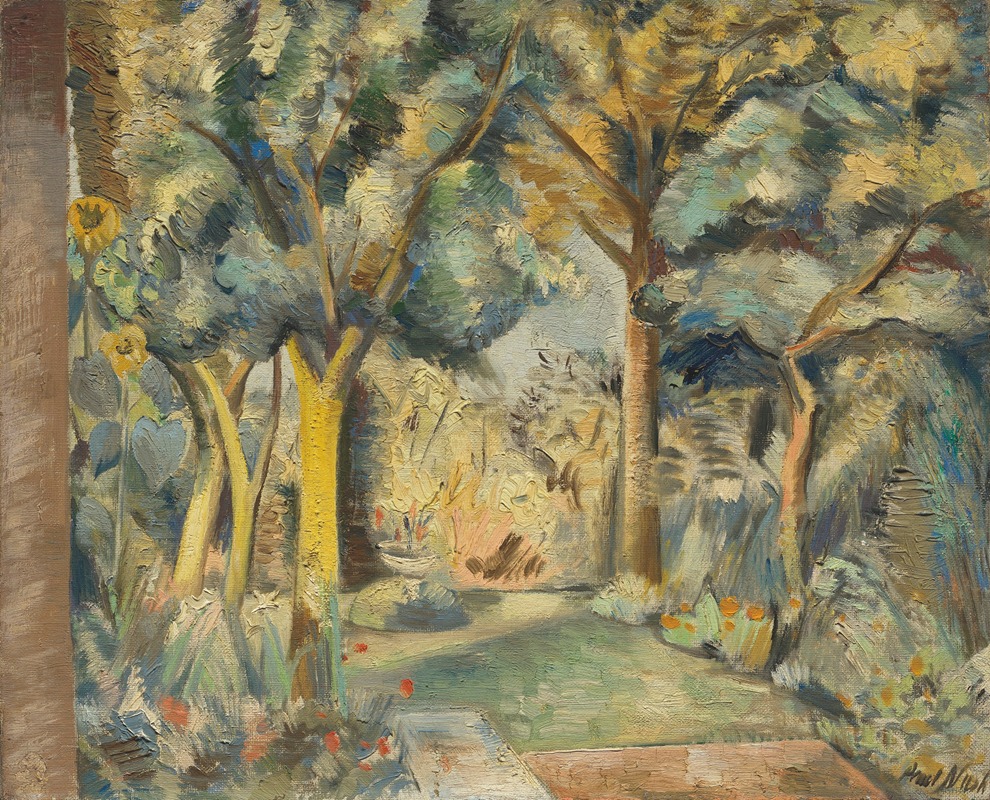
The Garden at Meadle
A hand-painted replica of Paul Nash’s masterpiece The Garden at Meadle, meticulously crafted by professional artists to capture the true essence of the original. Each piece is created with museum-quality canvas and rare mineral pigments, carefully painted by experienced artists with delicate brushstrokes and rich, layered colors to perfectly recreate the texture of the original artwork. Unlike machine-printed reproductions, this hand-painted version brings the painting to life, infused with the artist’s emotions and skill in every stroke. Whether for personal collection or home decoration, it instantly elevates the artistic atmosphere of any space.
Paul Nash was a prominent British artist known for his contributions to modernism and surrealism, particularly in the context of landscape painting. "The Garden at Meadle" is one of his works that exemplifies his unique approach to capturing the essence of the English landscape, infused with a sense of mystery and symbolism.
Paul Nash was born in 1889 in London and became one of the leading figures in British art during the early to mid-20th century. His work often reflects his deep connection to the landscape, which he viewed as a source of inspiration and a repository of memory and emotion. Nash's experiences during World War I, where he served as an official war artist, profoundly influenced his artistic vision, leading him to explore themes of destruction and renewal in nature.
"The Garden at Meadle" was painted during a period when Nash was deeply engaged with the English countryside. Meadle is a small hamlet in Buckinghamshire, England, and the garden depicted in the painting likely reflects Nash's personal experiences and observations of the area. The painting captures the tranquil yet enigmatic quality of the English garden, a recurring theme in Nash's work.
In "The Garden at Meadle," Nash employs a distinctive style characterized by a blend of realism and abstraction. His use of color and form creates a dreamlike atmosphere, inviting viewers to contemplate the deeper meanings embedded in the landscape. The composition is carefully structured, with an emphasis on geometric shapes and patterns that suggest a sense of order amidst the natural world.
Nash's work often incorporates elements of surrealism, and "The Garden at Meadle" is no exception. The painting may include unexpected juxtapositions or elements that challenge the viewer's perception of reality. This approach reflects Nash's interest in exploring the subconscious and the hidden dimensions of the natural world.
Throughout his career, Paul Nash was associated with various artistic movements and groups, including the Unit One group, which he co-founded in 1933. This group sought to promote modernism in British art, emphasizing the importance of innovation and experimentation. Nash's work, including "The Garden at Meadle," exemplifies these principles through its bold exploration of form and meaning.
"The Garden at Meadle" is a testament to Nash's ability to transform the familiar landscape into a site of contemplation and wonder. His work continues to be celebrated for its contribution to British art and its ability to evoke a sense of place that is both specific and universal.
Paul Nash passed away in 1946, but his legacy endures through his paintings, which remain influential in the study of modern British art. "The Garden at Meadle" is a significant piece within his oeuvre, reflecting his mastery of landscape painting and his ongoing quest to capture the spirit of the English countryside.






